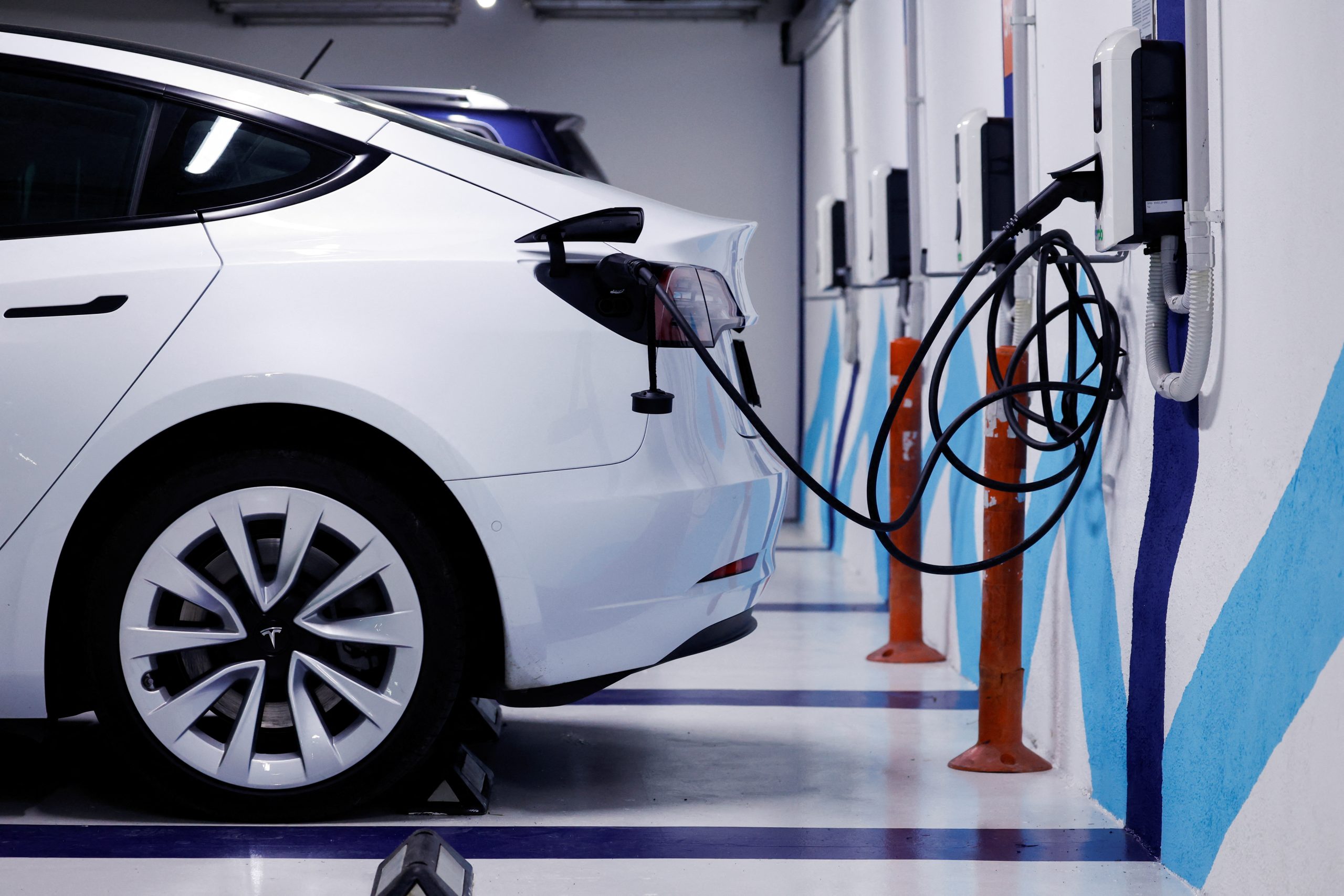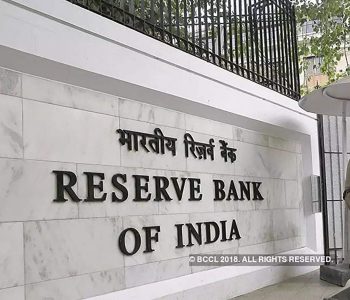The role of battery management in Nepal’s EV growth

KATHMANDU: The 2024 NADA Auto Show offered a glimpse into the future of Nepal’s automobile industry. This year, the event was dominated by electric vehicles (EVs). The overwhelming presence of EVs, especially from Chinese brands, reflects a growing trend among Nepalese buyers—an increasing interest in the EV segment.
Nepalese consumers are becoming more environmentally conscious and are increasingly considering EVs as a viable alternative to traditional internal combustion engine (ICE) vehicles. Several factors contribute to this shift:
𝐄𝐧𝐯𝐢𝐫𝐨𝐧𝐦𝐞𝐧𝐭𝐚𝐥 𝐂𝐨𝐧𝐜𝐞𝐫𝐧𝐬: The global conversation around climate change and the need to reduce carbon emissions has resonated with Nepalese consumers. EVs offer a cleaner, more sustainable mode of transportation, which appeals to those looking to reduce their carbon footprint.
𝐆𝐨𝐯𝐞𝐫𝐧𝐦𝐞𝐧𝐭 𝐈𝐧𝐜𝐞𝐧𝐭𝐢𝐯𝐞𝐬: The Nepalese government has been actively promoting the adoption of EVs through various incentives, including tax breaks and subsidies. These measures have made EVs more affordable and attractive to potential buyers.
𝐂𝐨𝐬𝐭 𝐒𝐚𝐯𝐢𝐧𝐠𝐬: With rising fuel prices, EVs present a more cost-effective option in the long run. The lower operating costs, including reduced maintenance and the absence of fuel expenses, make EVs an economically sound choice.
𝐓𝐞𝐜𝐡𝐧𝐨𝐥𝐨𝐠𝐢𝐜𝐚𝐥 𝐀𝐝𝐯𝐚𝐧𝐜𝐞𝐦𝐞𝐧𝐭𝐬: The EV market has seen significant technological improvements, particularly in battery life and charging infrastructure. These advancements have addressed many of the early concerns about EVs, making them more practical for everyday use.
Despite the growing interest, potential buyers still have several questions and concerns about transitioning from ICE vehicles to EVs. The wide adoption of EVs is still restricted by the high initial cost of EVs, which in part results from the core and most expensive component of the powertrain: 𝐓𝐡𝐞𝐁𝐚𝐭𝐭𝐞𝐫𝐲. Over time, when the batteries are no longer able to provide sufficient power and range for EVs due to their aging characteristics, there will be Thousands of Batteries coming out of the EVs. If not properly treated, those retired batteries could place tremendous burdens on the environment.
An EV battery reaches its End-of-Life (EOL) in vehicular service due to capacity fade, either before or coinciding with the vehicle’s EOL. In general, an EV battery has 70–80% of its original capacity intact upon reaching the end of its vehicular life, and replacement is recommended in order to satisfy the range demand of EV owners. However, upon retirement there would still be sufficient capacity left in the batteries to support fewer demanding applications.
Background of Lithium-Ion Batteries:
A lithium-ion battery (also known as a Li-ion battery or LIB) is a type of rechargeable battery in which lithium ions move from the negative electrode to the positive electrode during discharge and back when charging. Li-ion batteries use an intercalated lithium compound as one electrode material. The electrolyte, which allows for ionic movement, and the two electrodes are the constituent components of a lithium-ion battery cell. Besides portable electronic devices, another field in which Li-ion batteries are growing rapidly is electric vehicles.
Pros and Cons of Lithium-Ion Batteries
Pros:
-High Energy Density: Offers more energy storage in a compact size.
-Long Cycle Life: Can be charged and discharged many times.
-Low Self-Discharge: Retains charge well over time.
-Lightweight: Ideal for automotive applications.
-Efficiency: High charging efficiency and minimal energy loss.
Cons:
-Cost: Expensive compared to other battery types.
-Safety Risks: Potential for thermal runaway and fire if damaged or improperly handled.
-Environmental Impact: Mining of raw materials (lithium, cobalt) can be environmentally damaging.
-Recycling Complexity: Challenging and costly to recycle.
Previous Practices in Dealing with Second-Hand Batteries:
Historically, used batteries were often discarded irresponsibly, leading to environmental hazards due to toxic materials. Some informal recycling practices exist, but they lack safety and proper extraction techniques. Few practices of Past are mentioned below:
Landfilling:
– Pros: Low immediate cost.
– Cons: Environmental hazards, waste of resources, and potential regulatory issues.
Recycling:
– Pros: Recovers valuable materials, reduces environmental impact.
– Cons: High initial investment, complex processes, limited facilities in Nepal.
Resale/Secondary Use:
– Pros: Extends battery life, creates new market opportunities.
– Cons: Limited market development, varying quality of used batteries.
Proposed Second-Life Applications in Nepal:
We need to assess remaining battery capacity and refurbish batteries when possible (e.g., balancing cells, replacing faulty modules)
Phase 1: Commercial EVs: Slightly degraded batteries can be repurposed for lower-demand applications within commercial fleets. (e.g., Delivery vans with shorter routes)
Phase 2: E-Rickshaws: Converted batteries can power e-rickshaws, providing a cleaner alternative to traditional rickshaws. We need to modify battery packs for compatibility with e-rickshaws.
Phase 3: Energy Storage: Further degrade batteries can be repurposed for stationary applications like home energy storage systems and inverters. Used batteries can be used in conjunction with solar panels for off-grid power solutions in rural areas.
Phase 4: End-of-Life Recycling: Establish a partnership with Specialist in battery refurbishment and recycling. Most probably a company registered in India, that can ensure efficient transportation and safe processing of batteries, for refurbishing and recycling end of life lithium-ion batteries.
The 2024 NADA Auto Show has highlighted a significant shift in consumer preferences towards electric vehicles in Nepal. While there are still questions and concerns about this transition, the benefits of EVs—environmental, economic, and technological—are becoming increasingly clear.
As charging infrastructure continues to improve and EV technology advances, it’s likely that more Nepalese consumers will make the switch to electric, signaling a new era for the country’s automobile industry. The road ahead may still have challenges, but the future of transportation in Nepal is undoubtedly electric.
Paudel is the Operations Head of VG Motors Pvt. Ltd.














Facebook Comment